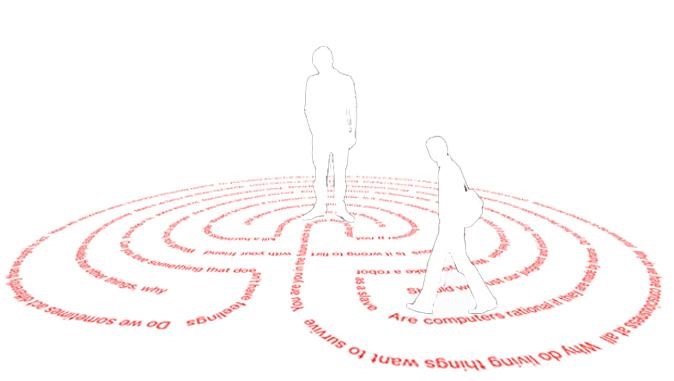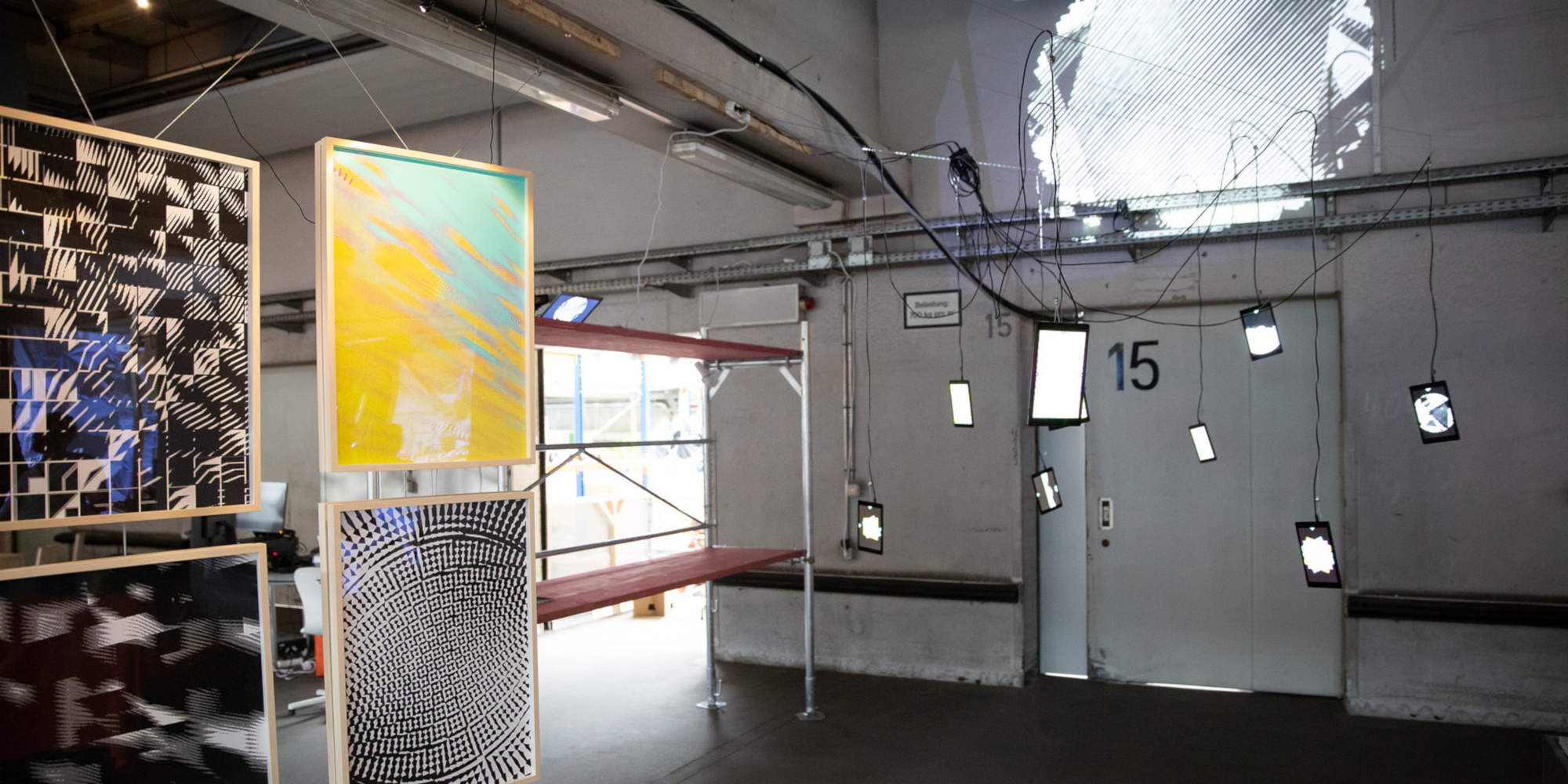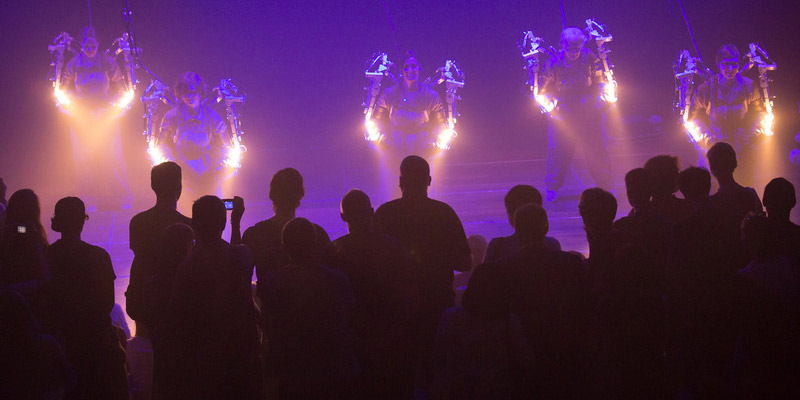Eveline Wandl-Vogt (AT), Kim Albrecht (US/DE), Vlad Atanisiu (CH), Matthew Battles (US), Katja Berger (AT) Penesta Dika (AT), Nikhil Krishna Dharmaraj (US), Amelie Dorn (AT), Keith Hartwig (US), Sarah Newman (US), Enric Senabre Hidalgo (ES), Barbara Piringer (AT), Jose Luis Preza Diaz (AT), Thomas Palfinger (AT), Tuuli Maria Utriainen (CH), in collaboration with Community Cooking (AT), Sprungbrett (AT), Topothek (AT) and Wiener Tafel (AT)
Exploration space @ ACDH-ÖAW focuses on experimentation and open innovation. Set within the liquid, participatory concept of the post-dictionary, various interactions and experiments, both digital and virtual, are offered. Artists, practitioners and scientists aim to co-design and take the participants on a shared journey into intimate dimensions of food as part of European cultural heritage as well as European blended culture, touching all senses by various experiences.
1. FOODPRINT
Credits: Ross Whyte (sound)
Artists: Dan Shay (artist / Glasgow), Slaven Stekovic (University of Graz)
We are what we eat, so what do we eat?
Foodprint as a sum of influences that food has on humans and humans have on food and the environment is an ongoing process. By capturing a spectator’s foodprint in time and space, we are increasing the awareness of various aspects that are integrated into the everyday process of consumption of various food products. Creating space for us to reflect: Is the food just a sum of its ingredients or does it carry non-material components worth considering?
This work is the first one in the series that challenges transformative forces of food and meal genesis. It examines the interaction of consumers and food using light/shadow and sound/silence as representatives of this inseparable relation.
We are what we eat and what we eat is us.
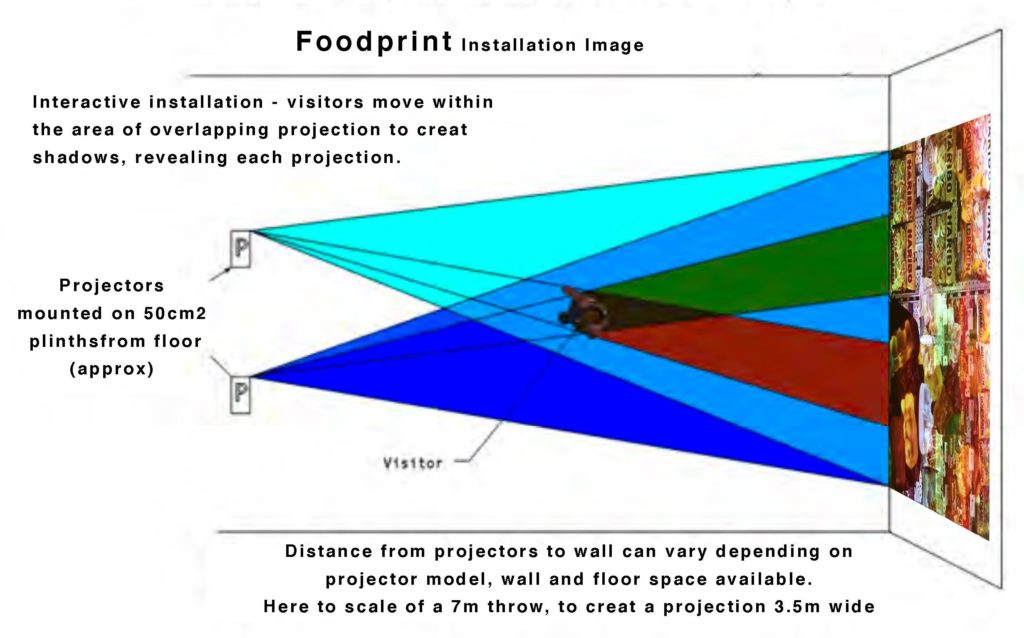
2. INVASIVE SPIRITS: NATURE, FOOD, AND SENSORY EXPERIENCE IN THE CITY WILD
Credits: U.S. Embassy Vienna; Austrian Academy of Sciences, Austrian Centre for Digital Humanities (ACDH), exploration space; metaLAB (at) Harvard, Berkman Klein Center for Internet and Society
Artists: metaLAB (at) Harvard, Berkman Klein Center for Internet and Society, Matthew Battles (US), Keith Hartwig (US)
YEAST is no mere “ingredient,” but a world of vital organisms, partners of humans since the dawn of civilization. For Ars Electronica, we’ll offer “sensory gifts” in the form of several vials of yeasty materials: sourdough, wort, pickles, and materials gathered from the world (waste, rubbish, trimmings or clippings from plants growing in open areas in the city). Participants will tell us what these aromas mean to them; we’ll visualize these along with scientific names of yeast and their DNA.
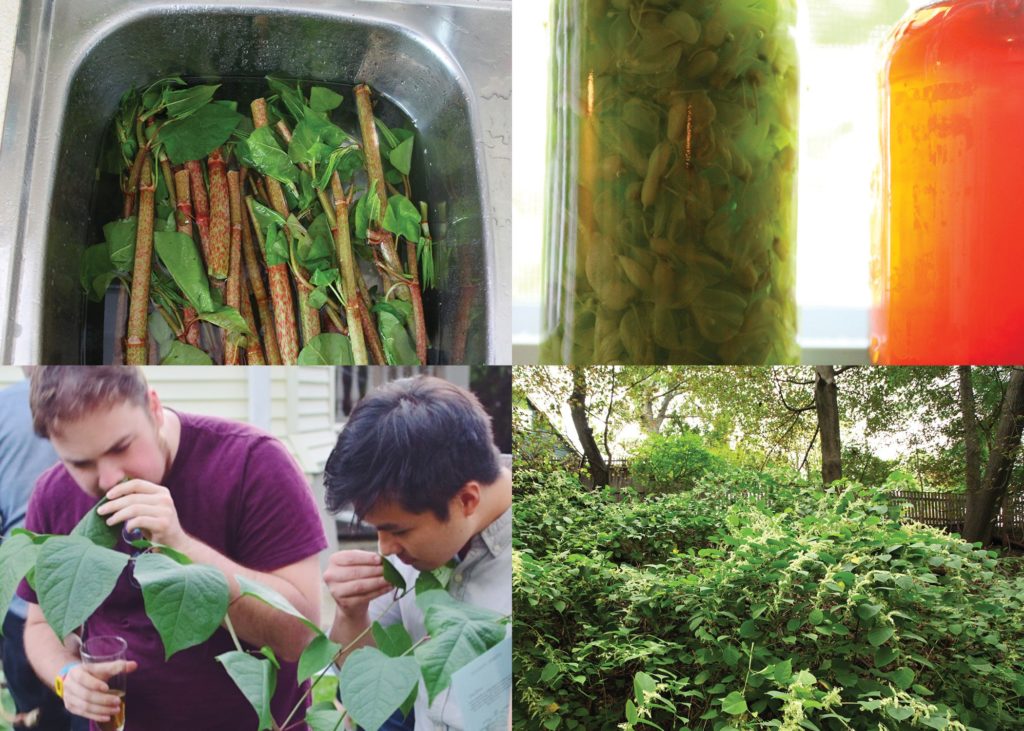
3. DISTINCTION MACHINE: LIMITS OF OUR DIGITAL REALM
Credits: U.S. Embassy Vienna; Austrian Academy of Sciences, Austrian Centre for Digital Humanities (ACDH), exploration space; metaLAB (at) Harvard, Berkman Klein Center for Internet and Society
Artists: metaLAB (at) Harvard, Berkman Klein Center for Internet and Society, Kim Albrecht
In the midst of exploring and understanding cyberspace, it is intriguing to ask about the boundaries of computation itself. Ludwig Wittgenstein said the limits of our language define the limits of our world.
What limits the language of computation? And how is it defining our worldview?
This set of experiments asks the computer to perform a simple task, placing two differently colored rectangles at the same position in a three-dimensional space. As none of the two is in front of the other, the machine is confronted with a problem of what color to show. The decision for one color and against the other happens on the lowest level of computation in which electricity flows through the silicon circuits. The computer represents the one or the other, but never an in-between. The vagueness of our world, the betweenness is nothing that could be computed. This certainty in the uncertain shines through on every level of mediation between us and the computer.
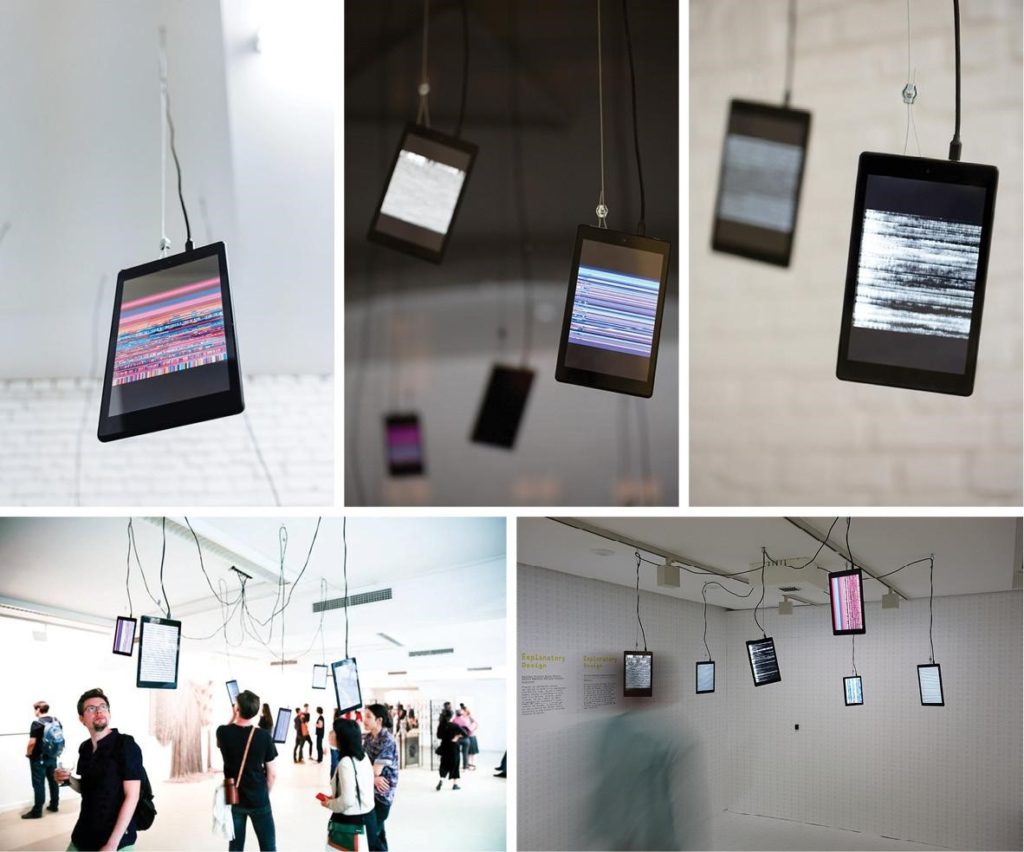
4. MORAL LABYRINTH
Credits: U.S. Embassy Vienna; Austrian Academy of Sciences, Austrian Centre for Digital Humanities (ACDH), exploration space; metaLAB (at) Harvard, Berkman Klein Center for Internet and Society
Artists: metaLAB (at) Harvard, Berkman Klein Center for Internet and Society; Sarah Newman; Nikhil Dharmaraj
Moral Labyrinth is an art installation that takes the form of a physical walking labyrinth and an interactive website that contends with the Value Alignment Problem in artificial intelligence. The Value Alignment Problem is the challenge of assuring that the goals either embedded in AI systems or secondary goals that they subsequently form are aligned with the values of the society they serve.
Such alignment between machine and human is difficult to achieve; there is no dictionary for the vague and uncertain values we hold. In the post-dictionary realm, our concepts are fluid, while the machine seeks the binary. The answer lies in reflection and engagement. As a step toward addressing this issue, Moral Labyrinth brings to the public a direct and accessible form of engagement, provides an opportunity to meditate on conflicts in values, and invites viewers to engage inquisitively with pressing philosophical questions.
